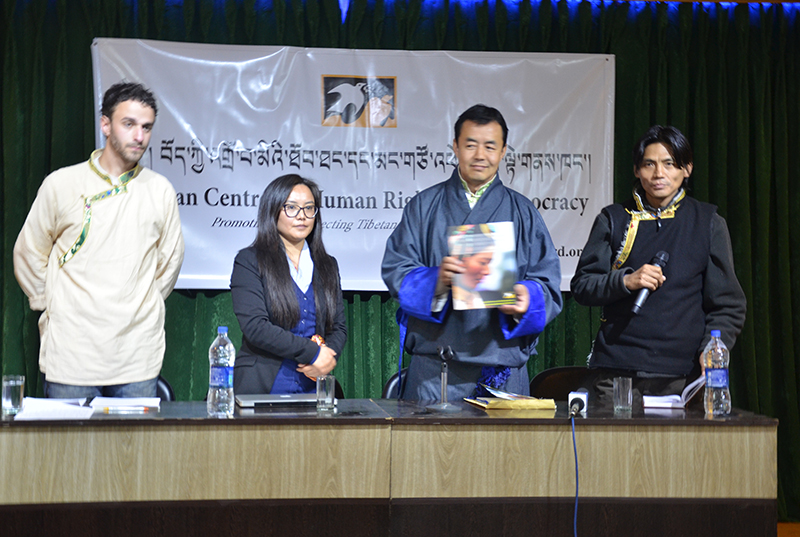 Dharamshala - The Tibetan Centre for Human Rights and Democracy (TCHRD) has released a special report on Tibetans' right to healthcare, entitled In the Shadow of Development: Maternal and Child Health in Crisis in Tibet.
Dharamshala - The Tibetan Centre for Human Rights and Democracy (TCHRD) has released a special report on Tibetans' right to healthcare, entitled In the Shadow of Development: Maternal and Child Health in Crisis in Tibet.
The report documents how a failing system of public healthcare has caused critically poor levels of maternal and child health to persist in Tibet, despite significant improvements in conditions in the People's Republic of China (PRC).
The report pinpoints that Tibetan women and children living in rural areas bear some of the highest risk in the PRC for birth-related illness and death, while maternal and infant health in Tibet is the worst in the PRC by a wide margin.
In the Tibet Autonomous Region (TAR) in 2009, maternal and infant mortality were the highest in the PRC, 8 and 2.7 times higher than the national average, respectively. 3.6% of children were severely malnourished, over twice as high as the average in the PRC, and life expectancy in the TAR was 8.5 years shorter than average and the lowest in the PRC.
The report finds that poor health is the result of a severely inadequate system of public healthcare. In the TAR in 2009, 33% of women and 41% of infants received systematic healthcare, the lowest rates of care in the PRC and almost half the national average. Healthcare is reportedly worst in rural communities, where underfunding of the health system, scarce obstetric care facilities and shortages of qualified obstetric doctors severely limit service capabilities.
Even where healthcare is accessible, the utilisation of services by patients is limited and the quality of care is often poor. Such issues are compounded by the high rates of poverty and poor education affecting many rural Tibetan communities.
The report judges that the PRC's neglect of maternal and child health in Tibet constitutes a clear violation of Tibetans' right to healthcare. It also demonstrates the disparity between the positive evaluations of health in the PRC and more candid outside studies.
Most significantly, the UN Millennium Development Goals campaign has failed to realise the severity of health inequity between Tibet and the PRC. Therefore, although maternal and child health appears to have improved greatly throughout the PRC, Tibetan women and children continue to bear a highly disproportionate share of the PRC's mortality.
More positively, the report argues for a broad, government-led intervention that combines improvement to the existing clinical system with the development of a decentralised, community worker-based system of rural healthcare to drastically improve conditions in Tibet.
The model incorporates the strengths of three highly effective maternal and child healthcare programmes in Tibet and focuses on increasing access to healthcare, increasing utilisation of available health services and the improvement of healthcare quality.
Ultimately, the report demonstrates that poor maternal and child health in Tibet is not a problem for development, but a miscarriage of social justice.


![Tibet has a rich history as a sovereign nation until the 1950s when it was invaded by China. [Photo: File]](/images/stories/Pics-2024/March/Tibet-Nation-1940s.jpg#joomlaImage://local-images/stories/Pics-2024/March/Tibet-Nation-1940s.jpg?width=1489&height=878)















